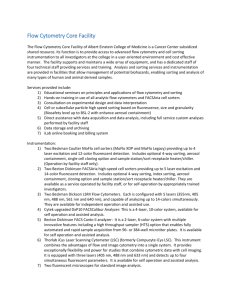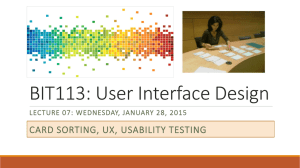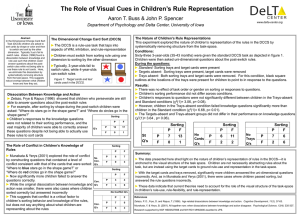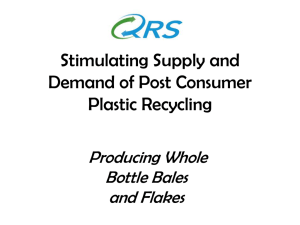Implementing a Waste Sorting Program in Your School
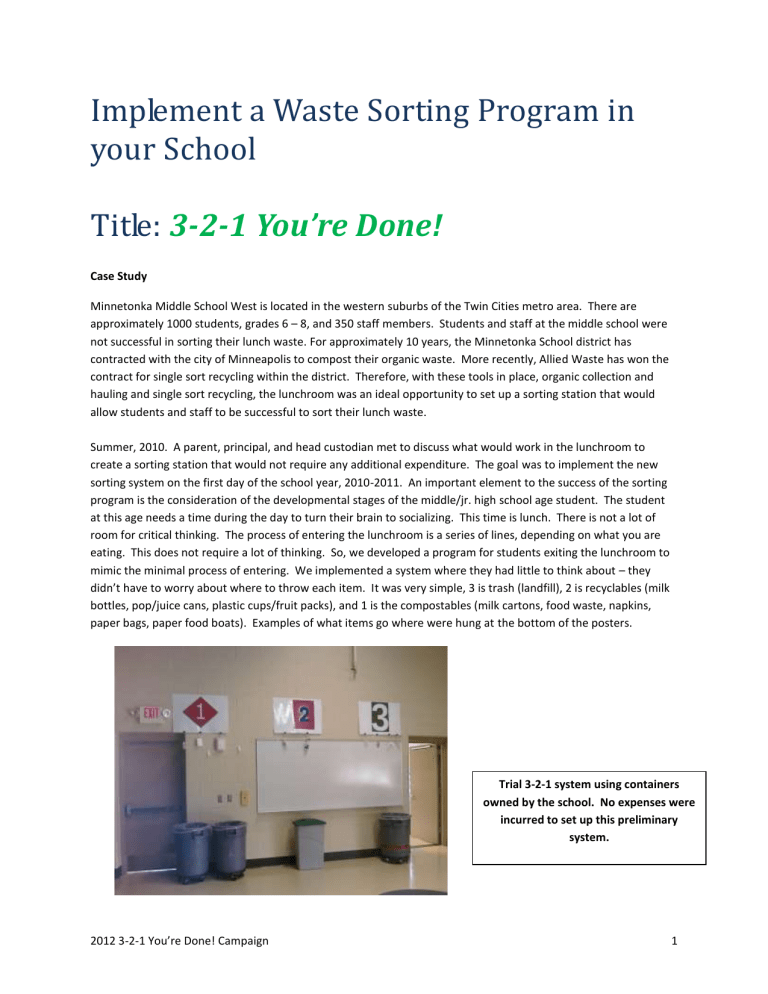
Implement a Waste Sorting Program in your School
Title: 3-2-1 You’re Done!
Case Study
Minnetonka Middle School West is located in the western suburbs of the Twin Cities metro area. There are approximately 1000 students, grades 6 – 8, and 350 staff members. Students and staff at the middle school were not successful in sorting their lunch waste. For approximately 10 years, the Minnetonka School district has contracted with the city of Minneapolis to compost their organic waste. More recently, Allied Waste has won the contract for single sort recycling within the district. Therefore, with these tools in place, organic collection and hauling and single sort recycling, the lunchroom was an ideal opportunity to set up a sorting station that would allow students and staff to be successful to sort their lunch waste.
Summer, 2010. A parent, principal, and head custodian met to discuss what would work in the lunchroom to create a sorting station that would not require any additional expenditure. The goal was to implement the new sorting system on the first day of the school year, 2010-2011. An important element to the success of the sorting program is the consideration of the developmental stages of the middle/jr. high school age student. The student at this age needs a time during the day to turn their brain to socializing. This time is lunch. There is not a lot of room for critical thinking. The process of entering the lunchroom is a series of lines, depending on what you are eating. This does not require a lot of thinking. So, we developed a program for students exiting the lunchroom to mimic the minimal process of entering. We implemented a system where they had little to think about – they didn’t have to worry about where to throw each item. It was very simple, 3 is trash (landfill), 2 is recyclables (milk bottles, pop/juice cans, plastic cups/fruit packs), and 1 is the compostables (milk cartons, food waste, napkins, paper bags, paper food boats). Examples of what items go where were hung at the bottom of the posters.
Trial 3-2-1 system using containers owned by the school. No expenses were incurred to set up this preliminary system.
2012 3-2-1 You’re Done! Campaign 1
Throughout the 2010 - 2011 school year, we observed that much of the #3 – trash, consisted of plastic silverware and Styrofoam containers. It was also proven that the rate of captured compostables and recyclables increased dramatically. The students went from 0% sorting to about 93% improvement in capturing recyclables and successfully sorting their compostables.
Therefore, it was decided that we would implement a permanent sorting system and reusable flatware and food containers. With the successful sorting system in place, the rate of loss was perceived as being low.
The school district applied for a grant through the MN Pollution Control Agency, and received funds to purchase an upgraded sorting station, reusable flatware, portion bowls and dishwasher baskets.
Final sorting table made by Murphy Construction
2012 3-2-1 You’re Done! Campaign 2
2011 – 2012 school year the permanent sorting system was launched.
Timeline of launch:
3-2-1 You’re Done!
Fall, 2011 Lunchroom Sort Launch
MMW and MME
August 22
Murphy Construction delivers sorting tables to MMW and MME
Jane Bender delivers silverware and bowls to MMW and MME
Heidi Kluzak delivers aprons and signs to MMW and MME
August 25 and 30
Back to school nights MMW and MME: sorting stations are set up in lunchroom, Tonka
Green (wear Tonka Green Apron) volunteer present to answer questions
September 6 – First day of school
Principals at MMW and MME give direction and data info at the beginning of each lunch period to students
Tonka Green volunteers are present to help students (Sept 6 – 14) during each lunch period at MMW and MME
3 – Trash
2 – Recycling
1 – Compostable (NOT ORGANICS)
Follow up
2012 3-2-1 You’re Done! Campaign 3
Periodic check ins are always a good idea. Communicate with the school custodians, principals, students and staff to make sure program is still successful. Putting school leaders in front of the sorting system to remind people of the protocol of the program is a great way to ensure success.
This fall, 2012, Minnetonka Middle School West is making the change to recycling milk cartons. This will increase the need for larger recycling bins or more frequent emptying of the bins during the lunch periods. Remaining flexible to the ever changing world of recycling is necessary to achieve successful rates of capture. Continually reinforcing the efforts made by staff, students and visitors is a great idea – this can be done by surveys, educational campaigns and basic rewards that are appropriate for your students and staff.
2012 3-2-1 You’re Done! Campaign 4

